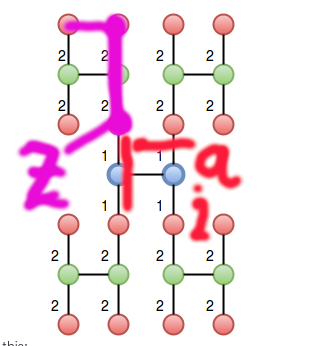We use cookies to ensure you have the best browsing experience on our website. Please read our cookie policy for more information about how we use cookies.
HackerRank City
HackerRank City
Sort by
recency
|
41 Discussions
|
Please Login in order to post a comment
Why there is the (Z+a*2)*Y from sum for X=X*4+(Z+a*2)*Y+(Z+a*3)*Y*2+Z*2+a
Why there is the (Z+a*2)*Y form sum for X=X*4+(Z+a*2)*Y+(Z+a*3)*Y*2+Z*2+a What does it mean?
Why the solution from aditorial doesn't work https://codefile.io/f/dLpV7c5XBt
From editorial why 8? I don't quite understande te editorial solution. Could anyone explain me those forumulas more deeply?
Coding for hours can make anyone hungry! In Singapore, we have so many tasty options, from hawker food to quick snacks. If you ever need a fun treat while working, the Golden Village popcorn menu has some great choices—like their caramel popcorn, which is perfect for a late-night coding session.